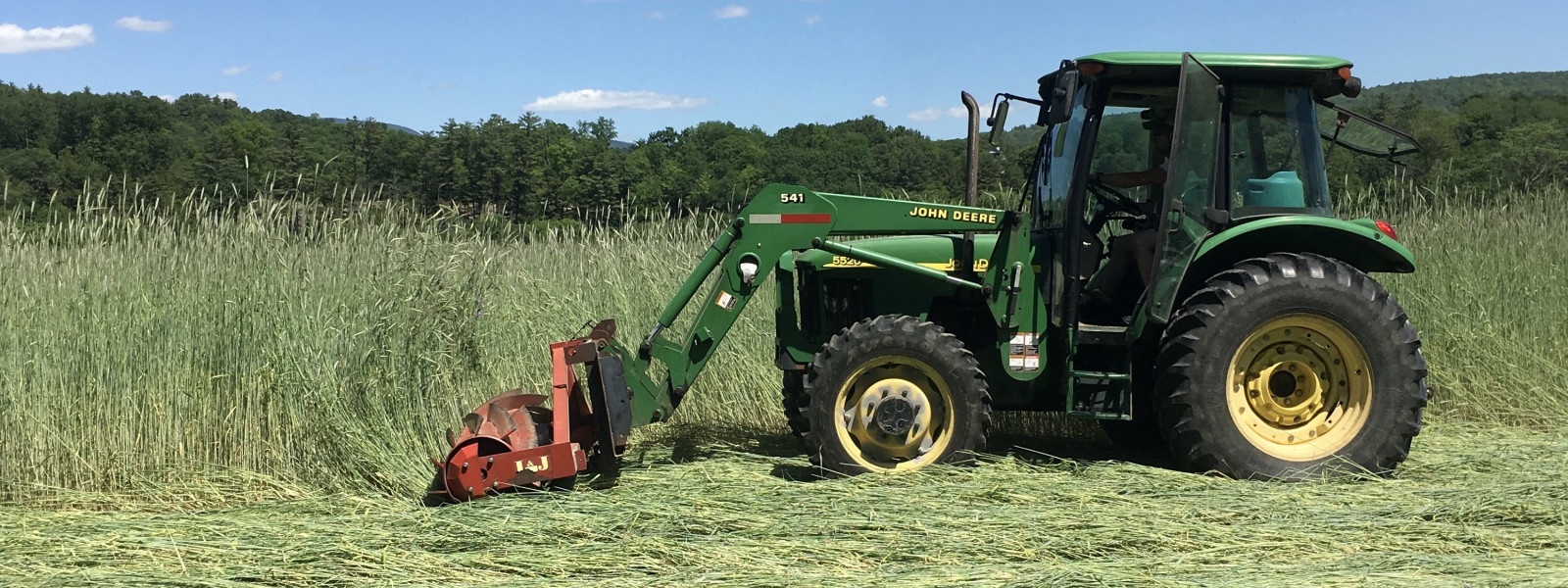
Gardening
- Winter Squash: Saving Seed – Winter squash has harder skin than summer squash does; their flesh is firmer too and so needs to cook longer. The seeds are fully developed when the squash is ready to eat, whereas summer squash needs to be left on the vine well past the eating stage to complete the development of its seed. There are some technicalities to saving seeds from these squash. Read more →
- Planting Garlic – As the winters get shorter, we plant our garlic later. It used to be late September as the nights begin to cool and the light fades, but these days the best time to plant your garlic in the northern New England climate is more like mid October to early November. Encouraging strong root growth before the freeze helps to sustain healthy and vigorous spring growth. Seeing the first garlic shoots in the spring is one of our earliest spring green pleasures on the farm. Read more →
- Harvesting and Curing Garlic – Are the bottom three to five leaves on your garlic brown, with a few green leaves toward the top? It’s time to harvest! Read more →
- Planting Tomatoes – Planting tomatoes properly can be a bit of a mystery. Start with a hole about 10-12 inches deep. Read more →
- Companion Planting – Companion plants help each other to grow in some way. For instance, some plants can extract certain nutrients from the soil and make them more available for other plants. Read more →
- Staking Tomatoes – We highly recommend staking and training tomatoes early, while they are small. If you wait until they flop, you risk breaking the tender stalks. Read more →
- Thinning Seedlings – Thinning your seedlings in the vegetable patch can be one of the most difficult jobs to do because it makes the gardener feel like a killer of the very seedlings we worked so hard to grow. However, if you do not thin your crops now while they are little, your harvest will suffer. Read more →
